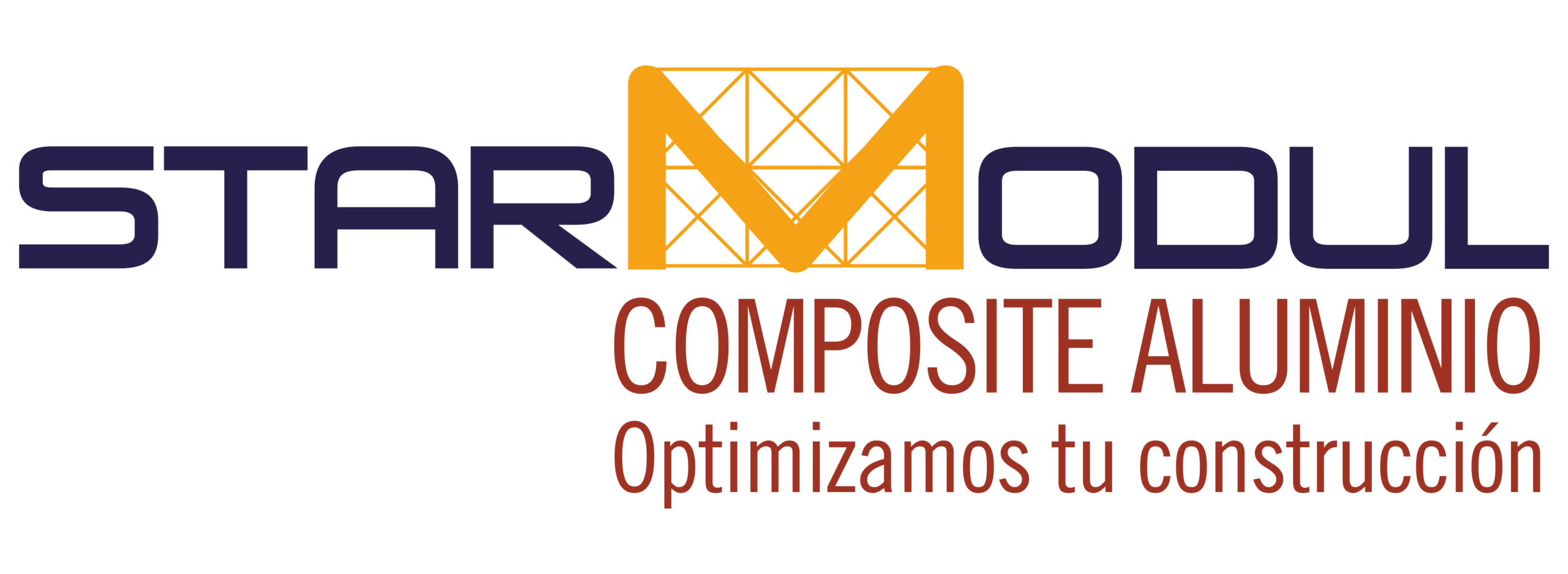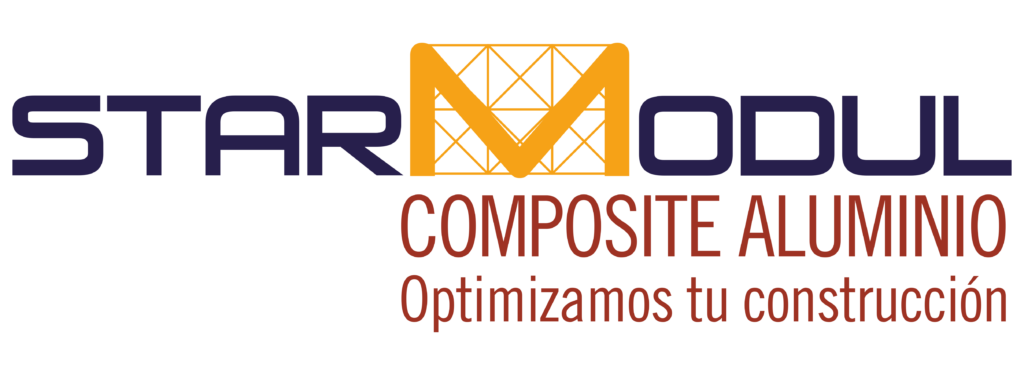When it comes to exterior cladding, one of the names that stands out is Alucobond, an aluminum composite panel known for its strength, flexibility and ability to enhance architectural aesthetics. But can this material really withstand extreme weather conditions without compromising its structure and appearance? In this article, we clear up doubts and analyze the properties that make Alucobond a popular choice.
What is Alucobond?
Alucobond is a type of aluminum composite panel composed of two outer aluminum sheets and an inner core that can be made of polyethylene or a fire-resistant mineral material. This design makes it a lightweight but highly resistant material, ideal for facade cladding, interior decoration, advertising signs and modern architectural structures.
Its technical properties, such as corrosion resistance, dimensional stability and insulation capacity, have positioned it as one of the preferred materials for projects requiring durability and reduced maintenance.
Performance under extreme weather conditions
One of the biggest challenges for any building material is its ability to withstand extreme weather. These conditions include:
- High and low temperatures
- Strong winds
- Continuous exposure to UV radiation
- Torrential rains and constant humidity
- Snow, ice and freeze-thaw cycles
Alucobond has been designed to withstand these adverse situations thanks to its intrinsic properties. Laboratory tests and field experience have shown that this material can maintain its structural and aesthetic integrity over the years, even in regions where climatic conditions are extreme.
Thermal resistance and structural stability
The aluminum composite panel has low thermal conductivity, which reduces heat transfer between the exterior and interior of buildings. This helps maintain more stable indoor temperatures, improving the energy efficiency of buildings.
In extremely hot conditions, Alucobond does not deform or undergo significant expansion. Likewise, in cold climates, the panel structure remains stable, minimizing the risk of fractures or cracks.
Corrosion protection
Constant exposure to humidity and rain can cause corrosion in many metallic materials. However, Alucobond is manufactured with a layer of aluminum treated with special coatings that give it a high resistance to oxidation. This makes it an excellent choice for projects in coastal or high humidity areas.
Wind and structural load resistance
Areas prone to hurricane-force winds require materials capable of resisting high-pressure forces. Aluminum composite panels are fastened with robust anchoring systems that evenly distribute the load, preventing deformation or detachment. In addition, their structural flexibility allows the material to absorb part of the vibrations caused by the wind, reducing the impact on the construction.
UV radiation behavior
Ultraviolet radiation is one of the most important factors affecting the appearance of exterior cladding. Alucobond is manufactured with UV-resistant paint coatings, which prevent discoloration and surface deterioration. This protection extends the life of the material and reduces the need for frequent maintenance.
Conclusion: Myth or reality?
Alucobond ‘s resistance to extreme weather conditions is not a myth, but a proven reality. Its technical properties allow it to withstand extreme temperatures, humidity, UV radiation and strong winds without compromising its performance or aesthetics. Therefore, it is a reliable option for architectural projects in all types of environments.

